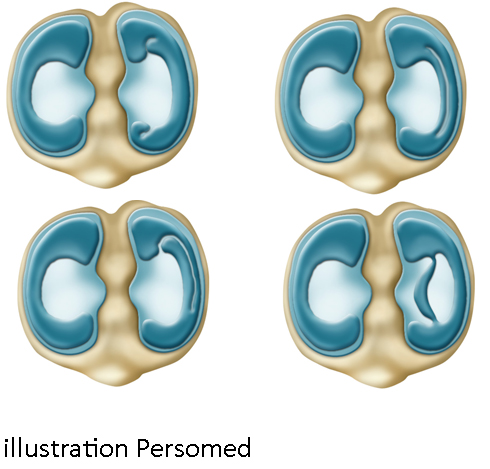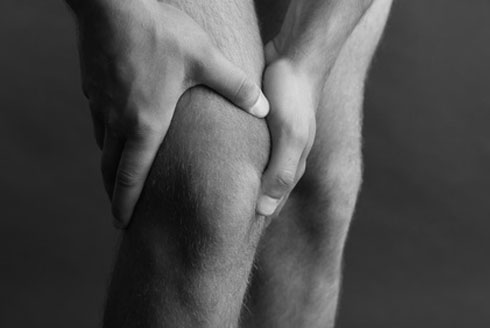The meniscal lesions are multiple and their treatment may depend on their severity but also your age and your professional or sports practice.

There are three types of meniscal lesions
Meniscal lesions of the young subject
In the youngest subjects, the menisci are flexible and dense, so the lesions are generally of traumatic origin (sprain). They cause pain, blockages and effusions (swelling reaction of the joint that fills with fluid)
Meniscal lesions of the "second age"
These lesions occur more often around the age of 50 and most often during a change of position (crouching, standing up...). They are characterized by very acute pain and effusion.
Meniscal lesions of the third age
These lesions are very often related to osteoarthritis
Your surgeon needs an X-ray to evaluate bone lesions in your knee as well as an MRI or arthro-MRI or CT-arthrography the non-bone tissue (meniscus, cartilage, muscles, tendons, etc.) Inquire in advance is mandatory in order to perform the most suitable examination.
Below, a short video for more information (in French)
Treatment options
Medical treatment
Analgesics and anti-inflammatories will help combat the painful and inflammatory phenomena responsible for the effusion (swelling) of the knee.
Multi-daily glaze reduces effusion but sometimes, liquid puncture may be necessary.
Finally, rehabilitation should be combined with drug therapy to maintain the suppleness and musculature of the knee.
Medical treatment can therefore temporarily relieve you, but meniscal lesions are not spontaneously repaired, so surgery should be considered in the event of aggravation of symptoms depending on the severity of the lesion, your age and your professional, sports, or leisure practice.
Surgical Treatment
The meniscal suture can be performed in the youngest subjects and according to the type and size of the lesions
If the suture is not possible, a menisectomy is performed, which consists in removing the damaged part of the meniscus.
At the Bordeaux-Merignac Sport Clinic these procedures are performed under arthroscopy and as an outpatient basis.


